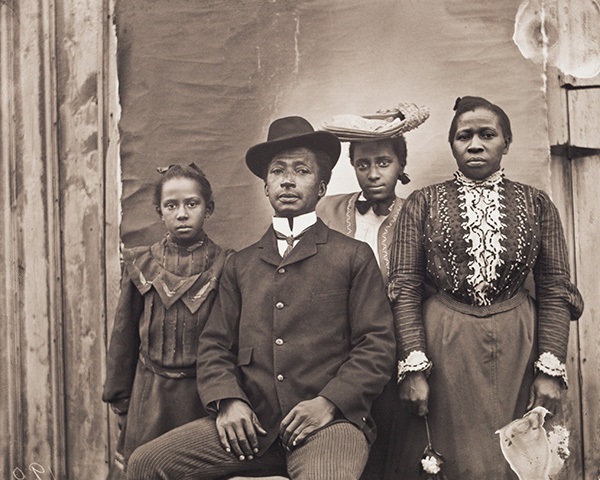
Itinerant photographer William Bullard left behind a trove of over 5,400 glass negatives at the time of his death in 1918. Among these negatives are over 230 portraits of African Americans and Native Americans mostly from the Beaver Brook community in Worcester, Massachusetts. Rediscovering an American Community of Color features eighty of these unprinted and heretofore unpublished photographs that otherwise may have been lost to history. Bullard identified over 80% of his sitters in his logbook, making this collection especially rare among extant photographic collections of people of color taken before World War I and enables this exhibition to tell specific stories about individuals and recreate a more accurate historical context. Moreover, Bullard’s portraits examine the role of photography as the vehicle for a “new Black identity” during the nascent years of the New Negro movement. Offering a photographic narrative of migration and resettlement in the aftermath of Emancipation and Reconstruction, Bullard’s portraits address larger themes involving race in American history, many of which remain relevant today, notably, the story of people of color claiming their rightful place in society as well as the fundamentally American story of migration, immigration, and the creation of a community in new surroundings
A comprehensive website hosted by Clark University (www.bullardphotos.org) offers teaching resources for educators, all of the photographs and sitters featured in Rediscovering an American Community of Color, a map of the Beaver Brook neighborhood (circa 1911), and additional research written by the Clark students who participated in a seminar related to the exhibition.
Rediscovering an American Community of Color: The Photographs of William Bullard will be on exhibit at the Worcester Art Museum through Feb. 25, 2018


